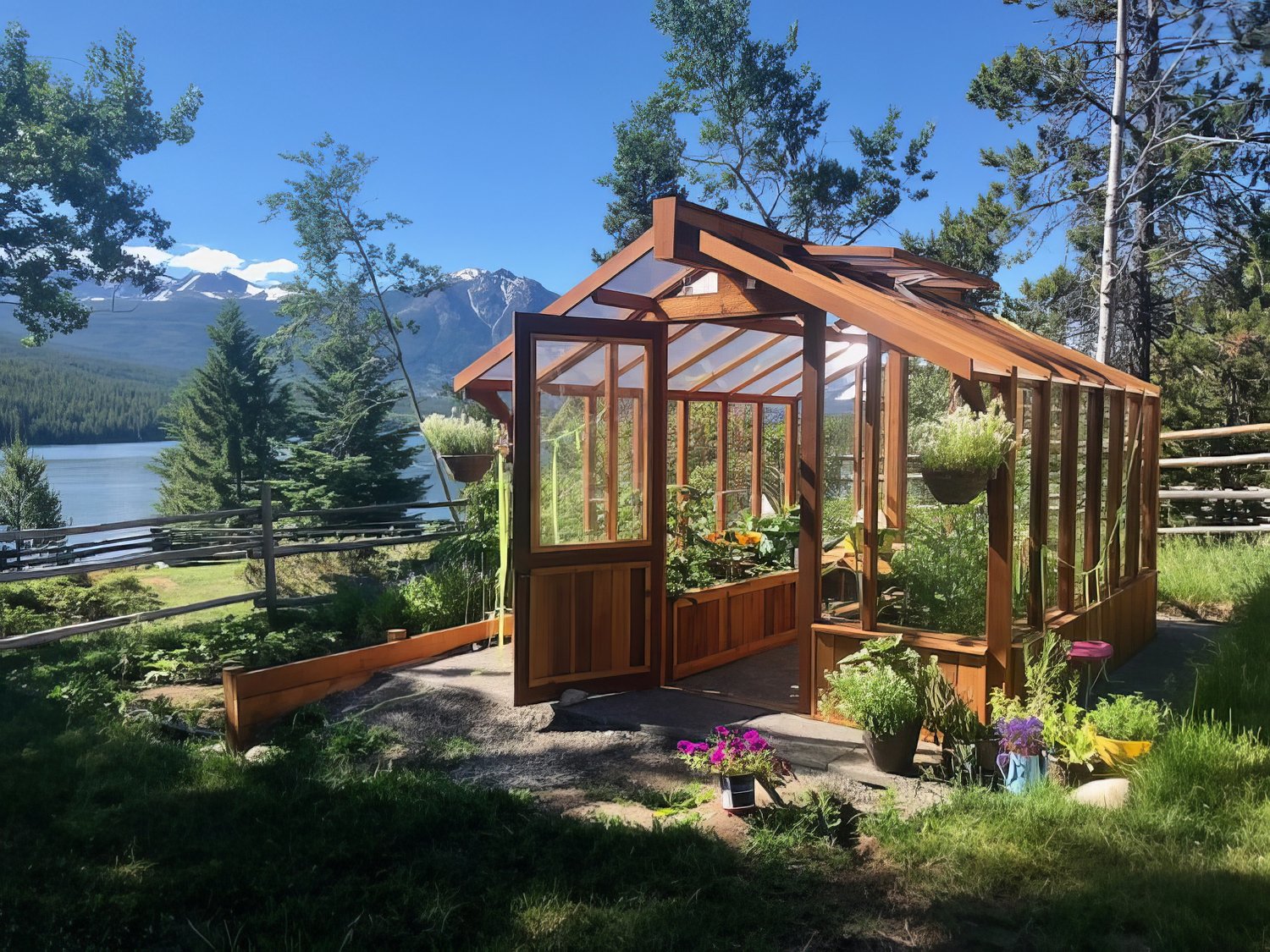Business Growing Solutions: Monarch Commercial Greenhouse Utah Innovations
Wiki Article
The Future of Greenhouses: Advancements in Sustainable Farming
Are you curious about the future of greenhouses and just how they are transforming sustainable farming? From sophisticated climate control systems to upright farming strategies, water-efficient irrigation methods, eco-friendly energy integration, and wise data analytics, these improvements are changing the way we expand our food.Advanced Environment Control Solution
To attain optimum growing conditions, you can rely upon the developments in greenhouses with sophisticated climate control systems. These systems have revolutionized the means we grow plants, providing a regulated setting that contributes to plant growth. With these ingenious systems, you can currently manipulate temperature level, humidity, light levels, and also CO2 concentrations to develop the excellent problems for your plants to thrive.Among the key functions of these advanced environment control systems is their capability to control temperature level. By utilizing sensing units and automated controls, the greenhouse can adjust the temperature based upon the certain demands of the plants. This makes sure that they are never ever revealed to extreme warm or cold, which can be destructive to their development.
Moisture control is one more important aspect of these systems. By maintaining the optimal humidity levels, you can avoid concerns such as mold, mold, and illness from influencing your plants. These systems can likewise control the amount of light that gets to the plants, making certain that they get the ideal amount for photosynthesis.
Additionally, progressed climate control systems can even adjust CO2 focus. By boosting the degrees of carbon dioxide in the greenhouse, you can enhance plant development and productivity. This is particularly valuable in areas with low natural CO2 degrees.
Upright Farming Techniques
One vital upright farming technique is using piled expanding systems. Piled expanding systems are typically made use of in city areas where area is restricted.One preferred method is called upright hydroponics, where plants are grown in nutrient-rich water without soil. This strategy is extremely effective as it lowers water usage by as much as 90% contrasted to typical farming techniques. Furthermore, since the plants are grown inside your home, they are secured from bugs and conditions, lowering the requirement for chemicals.
Another strategy is aeroponics, which involves suspending the plant origins in a mist or air environment. This approach permits optimal nutrient absorption and oxygenation, causing faster development and higher returns. Aeroponics also utilizes less water than traditional farming and can be applied in upright systems, making it a preferred selection for vertical farming.
Water-efficient Watering Techniques
When it comes to applying water-efficient irrigation approaches in lasting agriculture,Optimizing water conservation is necessary. With worldwide water deficiency ending up being a pushing concern, it is vital to develop cutting-edge methods that maximize water use in greenhouse operations.One encouraging technique is drip irrigation, which supplies water directly to the plant origins, decreasing waste and evaporation. By utilizing a network of tubes with tiny emitters, water is Monarch Custom Greenhouse Utah used gradually and precisely, making sure that plants receive the needed dampness without excess drainage.
One more effective method is using soil dampness sensors. These devices gauge the moisture web content in the soil and give real-time information to farmers. By keeping track of the soil's dampness levels, farmers can accurately figure out when and just how much water to apply, protecting against over-irrigation.
In addition, the execution of rain harvesting systems is obtaining appeal in greenhouse agriculture. Gathering rainwater from rooftops and keeping it in storage tanks allows farmers to utilize this natural resource for watering functions, lowering reliance on traditional water resources.
Lastly, the fostering of automated irrigation systems can considerably improve water effectiveness. These systems use sensing units to find dirt moisture levels and climate condition, readjusting watering routines as necessary. By enhancing water usage based upon real plant requirements, these systems can reduce water waste and advertise sustainable farming practices.
Renewable Energy Assimilation
Renewable power combination in greenhouses provides several advantages, including minimized running costs and lowered reliance on non-renewable power resources. The generated power can then be made use of to run different operations within the greenhouse, such as lighting, home heating, and ventilation systems. These wind turbines harness wind power and convert it into electrical energy, which can be used to supplement the energy demands of the greenhouse.Smart Information Analytics and Automation
To boost the effectiveness of your greenhouse procedures and enhance source application, take into consideration executing smart information analytics and automation. Smart information analytics involves collecting and assessing information from different sensors and gadgets within your greenhouse. By monitoring factors such as temperature, humidity, light levels, and soil moisture, you can acquire important understandings right into the wellness and development of your plants. This data can aid you make educated decisions about readjusting ecological problems, enhancing irrigation timetables, and preventing prospective issues before they arise.
This can consist of automating the control of illumination, ventilation, irrigation systems, and nutrient shipment. By automating these procedures, you can ensure that your plants get the right problems and nutrients at the ideal time, without the demand for constant hand-operated intervention.
Furthermore, smart data analytics and automation can work together synergistically. The information accumulated by sensing units can be utilized to educate automated systems, enabling them to make real-time adjustments based on the existing problems. This integration of data analytics and automation can cause extra effective and exact source allowance, eventually causing higher returns and much better crop high quality.
Final Thought
In verdict, the future of greenhouses in sustainable agriculture looks promising. With sophisticated environment control systems, upright farming techniques, water-efficient watering methods, and renewable power combination, greenhouses are coming to be a lot more reliable and ecologically friendly.
By optimizing water usage based on real plant needs, these systems can lower water waste and advertise lasting farming methods.

Report this wiki page